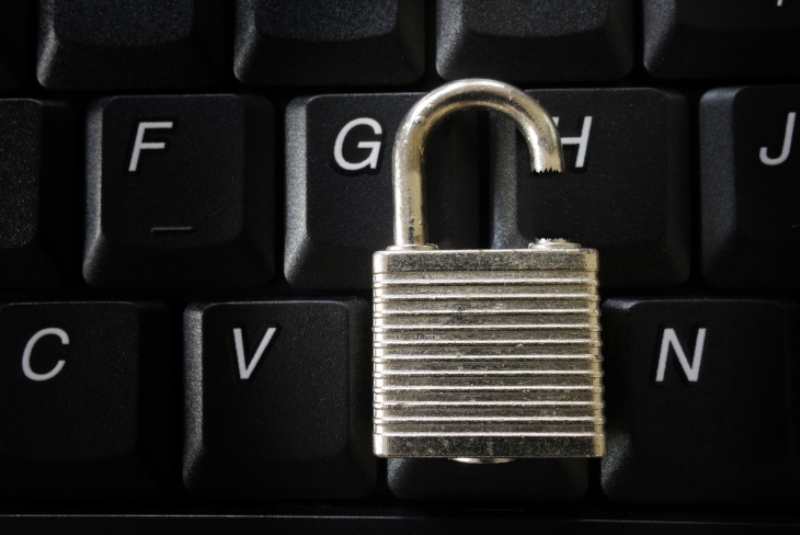
How to Handle a Data Breach within Your Business
Data breaches may occur within your business due to giving too many permissions, stolen passwords, malware, and user errors. In some cases, employees may collaborate with outsiders or criminals to infiltrate your systems and access sensitive information for malicious use.
When dealing with a data breach, you want to stop it from spreading further, repair the resulting damage, and prevent future incidences. Here are tips to help you deal with a data breach within your business, so you can be ready if it happens.
1. Identify the Source and Extent of the Breach
The first step you should take when a data breach occurs is identifying its source and extent. Find out what systems were accessed, how the intrusion happened, what information was taken or exposed, and if your data is available to the public. Doing so will give you an idea of how to proceed and address the situation.
The best way to get to the root cause of any data breach is by using intrusion detection and a preventive system that immediately notify you when a data breach occurs. You can also hire forensic experts to help you investigate the intrusion. Once you identify the entry point of the breach, you can then create a strategy to eliminate further unauthorized access to your business data.
2. Gather Your Team and Implement an Incidence Response Plan

An Incident Response team includes all parties responsible for managing data breach incidence when they occur. Depending on the structure and size of your company, the team may include, your IT professionals, forensics team, legal counsel, HR, communication team, management, and investor relations. Assemble your Incident Response team immediately you notice a data breach to help contain it.
The earlier you can contain the breach, the better you can prevent it from spreading to other aspects of your business. Some of the steps you can take to contain the breach include isolating and disconnecting all affected equipment from the internet, updating passwords and credentials, and disabling remote access. In case sensitive information has been posted on your business website or other websites, ensure you take measures to remove them to protect the affected parties.
3. Document Evidence
You may be tempted to shut down your machines or delete everything in an attempt to manage the situation. However, it is advisable to preserve as much evidence as possible to help with investigations. Documenting evidence can help you find out what happened, as well as the person responsible for the breach.
In cases that result in legal action, having evidence of the data breach comes in handy. Also, the evidence helps provide insights on how to secure your systems in the future. A forensics investigator can help you preserve the evidence you may otherwise tamper with when containing the breach.
4. Notify the Affected Parties
It is advisable to officially inform the affected parties, such as customers and clients, whose sensitive data may have been exposed. Failure to provide the required communication may result in your business paying fines, and your customers may assume that you have something to hide, which cultivates loss of trust. If the breach was due to your company’s fault or laxity, take responsibility.
Provide an official communication as early as possible, and ensure that the affected parties get the news from you and not your employees or third parties. An attorney can help you establish the best way to notify them. Besides restoring trust, communicating with your customers gives them a chance to boost their security, such as changing account numbers or canceling their credit cards.
Important information to include in your communication is the time, extent, and nature of the breach. Also, explain what information was stolen or exposed and the consequences it has on the users. Lastly, assure them by outlining what you have done to correct the situation and your plan to prevent future occurrences.

5. Protect Your Data from Future Incidences
After suffering a data breach, you need to fix existing vulnerabilities and prevent future incidences. To do this, critically evaluate your systems and control access to sensitive data. Consider limiting access to job functions and only give permissions and access to employees directly managing the systems.
Also, improve your system security by adopting multifactor authentication and using security software and tools like Firewalls, VPNs, and antivirus. Encrypting your data is also crucial as it makes any information useless to the holders in case of unauthorized access.
Since most data breaches within businesses occur due to human error, employee training is essential in sealing any loopholes that put your data at risk. By equipping your employees with skills and knowledge about data breaches, you minimize room for errors. Lastly, conduct frequent tests on your systems so you can fix any existing vulnerabilities and secure your data.
No business is immune to data breaches. However, the above information can help you effectively manage the situation. For employees who fall victim to identity theft or fraud due to employer’s negligence, hiring an employment lawyer for data breaches gives you access to legal advice and representation if you need to take legal action.




